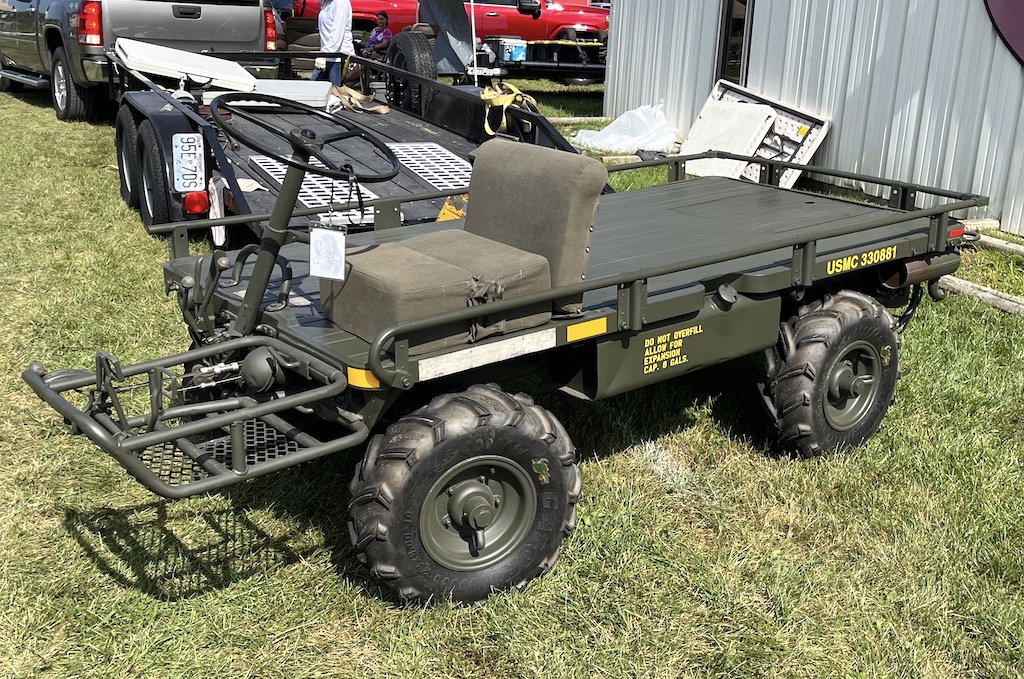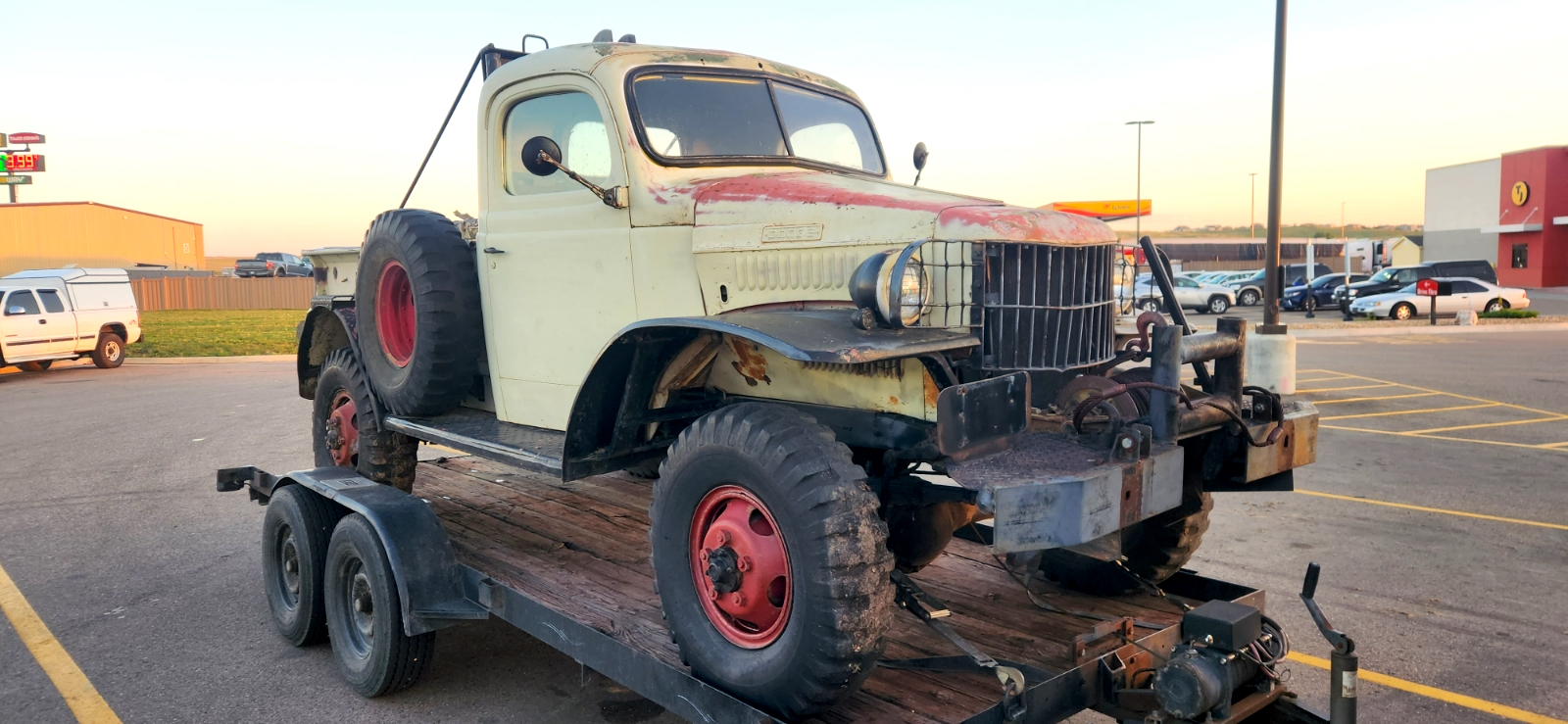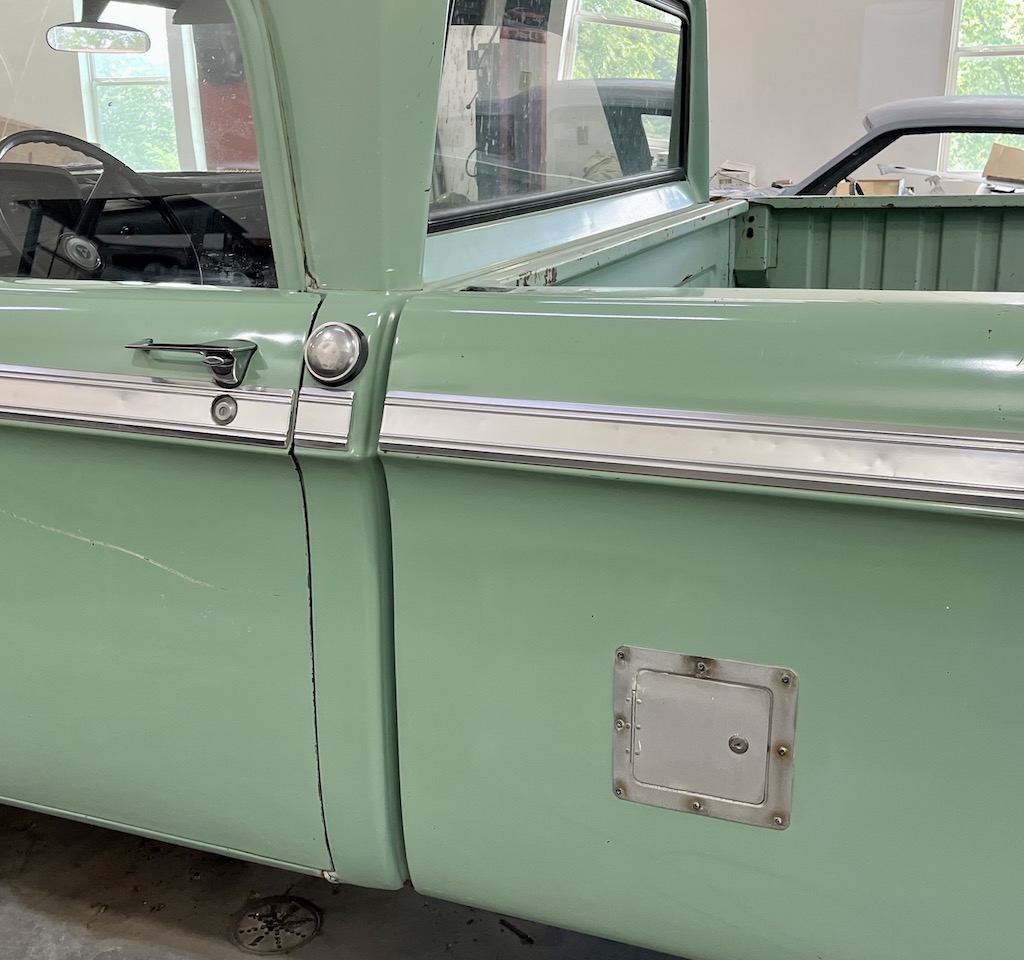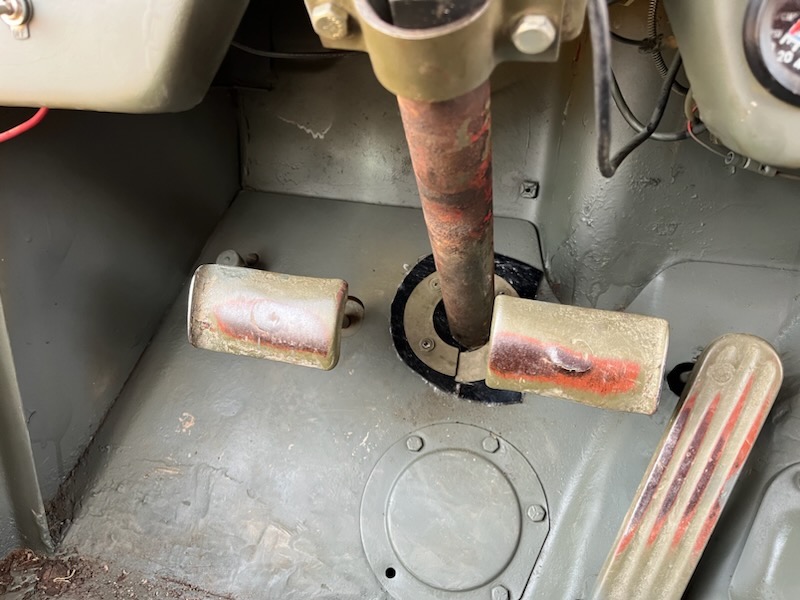 What makes a pickup truck… a pickup truck. What is its essence, if you will? A bed for “picking up” stuff? The Oxford Dictionary definition is: “a small truck with an enclosed cab and open back.” So, yeah, this is a pickup truck. But will it ever haul a load of cow manure or gravel or a greasy engine block? Will the owner ever climb into its luxurious cab in sweaty, dirty work clothes? Maybe.
What makes a pickup truck… a pickup truck. What is its essence, if you will? A bed for “picking up” stuff? The Oxford Dictionary definition is: “a small truck with an enclosed cab and open back.” So, yeah, this is a pickup truck. But will it ever haul a load of cow manure or gravel or a greasy engine block? Will the owner ever climb into its luxurious cab in sweaty, dirty work clothes? Maybe.
But it just doesn’t say “pickup truck” to me. This is for towing and expensive Airstream travel trailer. I’m not a farmer or rancher or anyone that needs a pickup truck. So I have no standing for this kind of snobbery. But a truck like the one above can cost $68,000 dollars. And it seems to be more about a comfortable ride for the driver (and passengers) than getting work done. Not that there’s anything wrong with that, as Jerry Seinfeld would say.
From my friend (and car aficionado) Phil: “nearly certain that’s a 2024 GMC 3500 Denali Ultimate. If so, $101-105,000 (with massaging seats!) if it’s just a regular Denali, it’s still a $95K+ truck… $68K might get you a used 2020, but not one of those.”
Another friend reports: “2015 GMC diesel/Denali still books at 50K!”









 “Dodge was the U.S. Army’s main supplier of 1/2-ton trucks, and its sole supplier of both 3/4-ton trucks and 1-1/2-ton six-by-six trucks in World War II. With over a quarter million units built through August 1945, the G502 3/4-tons were the most common variants in the WC series. WC was not an abbreviation of “Weapons Carrier”, but a Dodge model code – initially W for 1941, and C for half-ton rating. However, the ‘WC’ model code was retained for both the 3/4-ton and 1-1/2-ton 6×6 Dodges – as well as for the subsequent model years”.
“Dodge was the U.S. Army’s main supplier of 1/2-ton trucks, and its sole supplier of both 3/4-ton trucks and 1-1/2-ton six-by-six trucks in World War II. With over a quarter million units built through August 1945, the G502 3/4-tons were the most common variants in the WC series. WC was not an abbreviation of “Weapons Carrier”, but a Dodge model code – initially W for 1941, and C for half-ton rating. However, the ‘WC’ model code was retained for both the 3/4-ton and 1-1/2-ton 6×6 Dodges – as well as for the subsequent model years”.







 What makes a pickup truck… a pickup truck. What is its essence, if you will? A bed for “picking up” stuff? The Oxford Dictionary definition is: “a small truck with an enclosed cab and open back.” So, yeah, this is a pickup truck. But will it ever haul a load of cow manure or gravel or a greasy engine block? Will the owner ever climb into its luxurious cab in sweaty, dirty work clothes? Maybe.
What makes a pickup truck… a pickup truck. What is its essence, if you will? A bed for “picking up” stuff? The Oxford Dictionary definition is: “a small truck with an enclosed cab and open back.” So, yeah, this is a pickup truck. But will it ever haul a load of cow manure or gravel or a greasy engine block? Will the owner ever climb into its luxurious cab in sweaty, dirty work clothes? Maybe.



 As fate would have it, just the engine block I’d need if the tiny crack in my block (see image below) made the Jeep un-drivable.
As fate would have it, just the engine block I’d need if the tiny crack in my block (see image below) made the Jeep un-drivable.